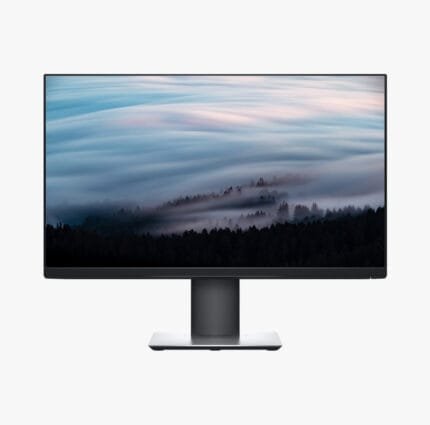Passionately Crafting Intricate, Beautiful Digital Art: Unleashing the Power of Digital Artistry
The Intricacies of Digital Artistry
Digital artistry is a sophisticated and meticulous craft that involves an intricate blend of skill, precision, and creative vision. Artists employ specialized software and tools, such as Adobe Photoshop, Corel Painter, or Procreate, to create detailed and complex digital artworks. These programs offer an array of features that are indispensable in rendering the high level of intricacy that sets digital art apart.
One of the fundamental techniques used in digital artistry is the manipulation of layers. By segregating different elements of an artwork into separate layers, artists can manage and refine each component with remarkable precision. This process enables them to make minute adjustments without affecting the entire composition. For instance, textures and shadows can be fine-tuned on individual layers, ensuring a depth and realism that elevates the final piece.
Another critical aspect of creating intricate digital art is the use of brush settings and vector layers. Brush settings allow artists to customize attributes such as size, opacity, and flow, emulating traditional media like oil paints, watercolors, or graphite. Vector layers, on the other hand, provide crisp, scalable lines and shapes that maintain their integrity regardless of size alterations. These tools are essential for achieving the desired level of detail and intricacy in digital art.
Furthermore, mastering color theory, lighting, and composition is pivotal in digital artistry. Understanding how colors interact, the placement of light sources, and the strategic arrangement of elements within a composition can dramatically influence the visual harmony of a piece. Knowledge of color harmonies, contrasts, and gradients helps artists create visually appealing and emotionally resonant artwork.
In essence, digital artistry is not merely about wielding a stylus or mouse; it is a complex interplay of layers, brushes, vectors, and a well-grounded understanding of art principles. The precision and skill required to transform a blank digital canvas into an intricate, beautiful piece reflect the artist’s dedication and mastery of their craft.
The Inspiration Behind Awe-Inspiring Digital Masterpieces
The journey of creating awe-inspiring digital art begins with a spark of inspiration, ignited by various elements that resonate with the artist. Nature remains a perennial muse, offering an endless array of colors, textures, and forms. The rhythmic flow of a river, the intricate patterns of leaves, or the vastness of the night sky can evoke profound emotions and ideas. Similarly, an artist’s personal experiences and emotions—joy, sorrow, fear, and hope—serve as powerful catalysts, driving the creation of visually compelling narratives.
Moreover, digital artists often draw from an eclectic mix of influences, blending contemporary art styles with classical techniques. Exposure to different forms of art—be it music, literature, or painting—can significantly shape an artist’s vision. Additionally, peer feedback and community engagement play a critical role. Forums, social media, and art communities provide spaces for artists to share their work, receive constructive criticism, and stay abreast of evolving trends. This interactive dynamic not only refines their technique but also sparks fresh ideas, pushing the boundaries of digital artistry.
The pathway from conceptualization to the final piece is marked by meticulous planning, unwavering dedication, and an emotional journey. Artists often start with a rough sketch or mental image, gradually refining it through various iterations. Each brush stroke and pixel placement are infused with the artist’s vision, culminating in a piece that reflects their inner world. The emotional connection between the artist and their creation is profound; it is this bond that breathes life into the digital canvas, making the art resonate deeply with its audience.
Technological advancements have further revolutionized the creative process, offering new tools and techniques that were previously unimaginable. From advanced software that mimics traditional media to innovative hardware like tablets and styluses, these developments provide a broader palette for artistic expression. Artists are continually experimenting, blending traditional methods with modern technology to craft intricate, beautiful digital art.





















